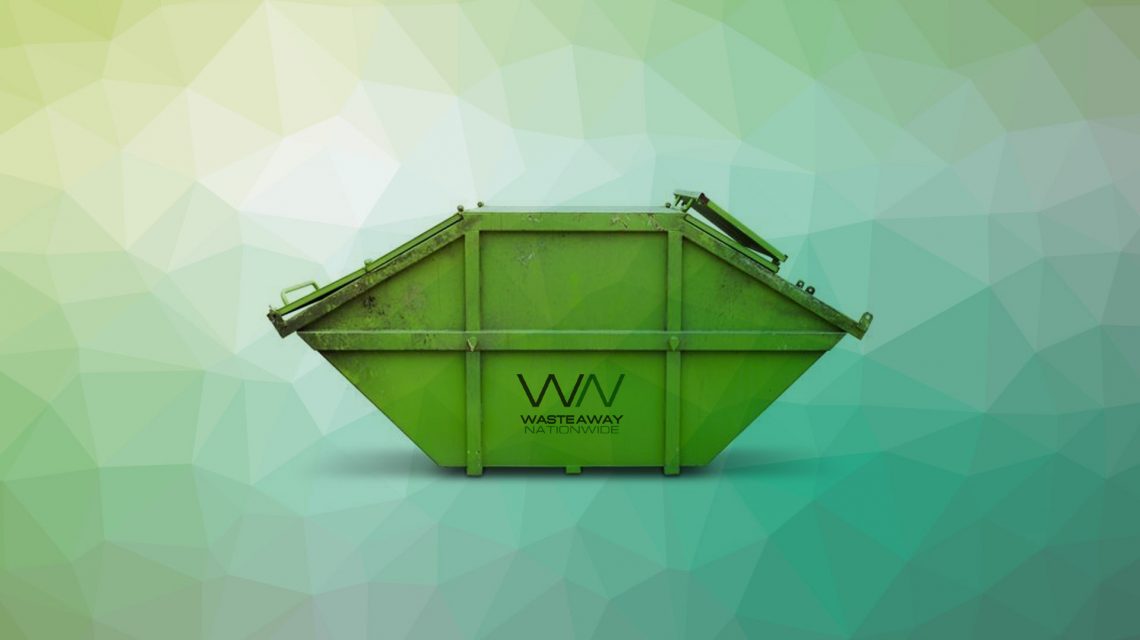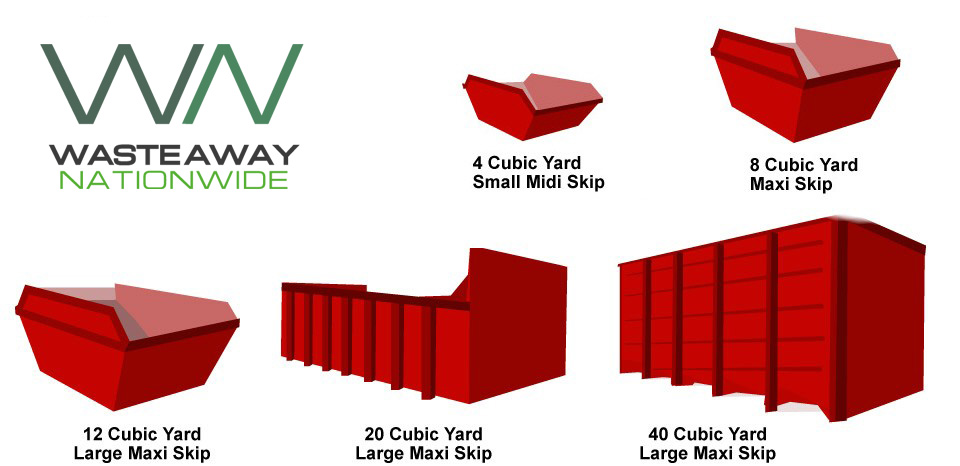A kitchen renovation can be an exciting but huge project. Where do you start when you remove your entire kitchen? Will I need to hire a skip? How long will it take for me to remove the entire kitchen? All of these questions are essential to ask when completing a kitchen renovation. Assuming that you have a temporary kitchen set up, or you plan on eating takeaway food for a while, you’re ready to remove your kitchen. In this blog, we will go through each step of how to remove your entire kitchen so a huge task is broken down into smaller, more manageable tasks.
Things to know before you decide how to remove your entire kitchen
Avoid damaging– In order to avoid leaks, damage to the property and safety risks of anyone working on the project, some small tasks will need to be performed. If you want to go ahead without help from a tradesman, you’ll need to shut off and clear a space around the gas, water and electrical features. Marking around these points will also be beneficial so that you don’t accidentally destroy these important features.
When to get help from a professional– Some appliances may be hard-wired into a wall, which cannot be simply unplugged. Gas appliances and supplies also may need to be disconnected. A professional plumber and electrician must deal with these issues.
Decide where to put the old kitchen appliances– Before completing a kitchen renovation, you must first decide where all of your unwanted goods should go. Does an old friend or family member want them? Could you sell them? Is it time to hire a skip?
How to remove your entire kitchen when completing a kitchen renovation
Appliances:
Once all your utility supplies are shut off, you can safely start to remove appliances. You may want to keep these items if they fit with the scheme of your new kitchen.
When dealing with dishwashers, taps, washing machines and dryers, keep in mind that water may be spilt during this process and get someone nearby to keep pipes and outlets upright to avoid more water spillage than necessary.
Search for guides offline or online for your oven, hood and hob- these appliances can be trickier than you think to disassemble. Fridges and freezers need to be disposed of according to local disposal requirements due to chemicals in them which can be harmful to the environment. These harmful chemicals in the appliance mean you may have to take them to a specific place or see if your local authority can pick them up.
When the plumbing is disconnected, you’ll be able to remove your sink. Take a look underneath the sink to take note of any hidden fixtures or fittings that need to be removed before you begin cutting the sealant to detach the sink to the countertop.
Work surfaces and tiles:
It is common for worktops to be fitted from underneath, where bolted and mitred joints will be attached. Worksurfaces tend to be straightforward to detach assuming that there are no obstacles in the way. Tiles fitted on the walls above the worktop could stop the work surfaces from being removed. Assuming that you are wearing protective equipment, you must remove tiles using a hammer so that you can easily pull out the work surface.
Cabinet doors and drawers:
To remove cabinet doors, simply unscrew hinges while getting someone nearby to hold the door ready for when the last screw comes undone.
Draws can be lifted up making a space between the drawer and their runners which is usually all that needs to be done. If they don’t come out, check for any securing clips that may need to be undone before they will lift out.
Cabinets:
To disconnect base units, fixings and screws will be on the back of the cabinet to stop them from moving around. Removing these fittings will mean you can pull out the base units.
In order to remove wall units, all shelves will need to be taken out previously. After this, loosen the bracket screws in the middle and each side of the wall units. For the next step, two people must lift up and take out the unit from the bracket. If the unit is screwed into the wall, get the help of somebody else to hold the unit while you unscrew it.
How to remove your entire kitchen and get rid of everything in it?
Donate reusable materials: Are there any microwaves that can be donated? Or kitchen knobs that someone might find appealing? One man’s rubbish is another man’s treasure!
Hire a skip: The most convenient and easiest way to get rid of a kitchen is by hiring a skip. Skips can be especially useful if you’re renovating any other rooms in the house and have a lot of old materials to get rid of. You can hire skips for a maximum of 14 days, which gives you plenty of time to remove all unwanted items and get rid of them- conveniently outside your renovation project.
Repurpose kitchen materials: Are there any parts of the kitchen that you don’t want to part with? You could repurpose the materials to create something new and useful.
Are you wondering how to remove your entire kitchen for a kitchen renovation and need to hire a skip? Get in touch with our team at Wasteaway today for a quick quote.







